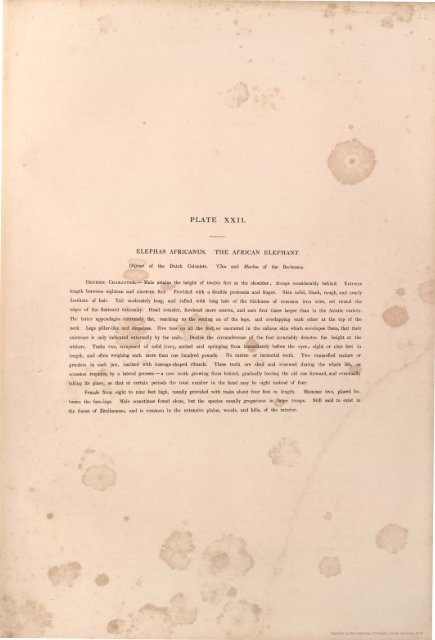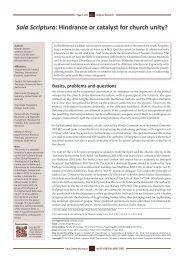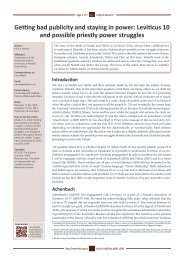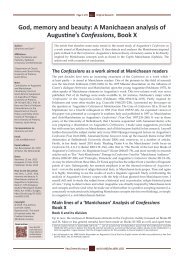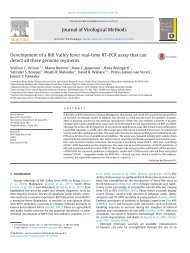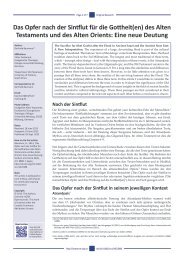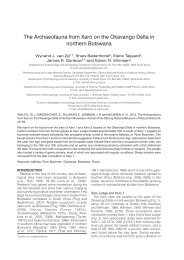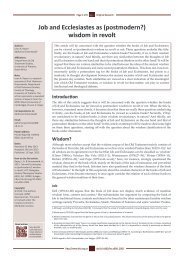Create successful ePaper yourself
Turn your PDF publications into a flip-book with our unique Google optimized e-Paper software.
2<br />
PLATE XXII.<br />
ELEPHAS AFRICANUS.<br />
Olifant <strong>of</strong> the Dutch Colonists.<br />
THE AFRICAN ELEPHANT.<br />
'Clou and Maclou <strong>of</strong> the Bechuana.<br />
GENERIC CHARACTER.- Male attains the height <strong>of</strong> twelve feet at the ·shoulder; droops considerably behind. Extreme<br />
length between eighteen and nineteen feet. Provided with a flexible proboscis and finger. Skin solid, black, rough, and nearly<br />
destitute <strong>of</strong> hair. Tail moderately long, and tufted with long hair <strong>of</strong> the thickness <strong>of</strong> common iron wire, set round the<br />
edges <strong>of</strong> the flattened extremity. Head rounder, forehead more convex, and ears four times larger than in the Asiatic variety.<br />
The latter appendages extremely flat, reaching to the setting on <strong>of</strong> the legs, and overlapping each other at the top <strong>of</strong> the<br />
neck. Legs 'pillar-like and shapeless. Five toes on all the feet, so encrusted in the callous skin which envelopes them, that their<br />
existence is only indicated externally by the nails. Double the circumference <strong>of</strong> the foot invariably denotes the height at the<br />
withers. Tusks two, composed <strong>of</strong> · solid .ivory,- arched and springing from immediately before the eyes; eight or nine feet m<br />
length, and <strong>of</strong>ten weighing each more than one hundred pounds. No canine or incisorial teeth. Two enamelled molars or .<br />
grinders in each jaw, marked with lozenge-shaped ribands. These teeth are shed and renewed during the whole ·life, as<br />
occasiOn requires, by a lateral process- a new tooth growing from behind, gradually forcing the old one forward, and eventually<br />
taking its place, so that at certain periods the total number in the head may be eight instead <strong>of</strong> four.<br />
Female from eight to nine feet high, usually provided with tusks about four feet in length. Mammre two, placed between<br />
the fore-legs. Male sometimes found alone, but the species . usually gregarious in large troops. Still said to exist in<br />
the forest <strong>of</strong> Zitzikamma, and is common in the extensive plains, woods, and hills, <strong>of</strong> the interior.<br />
Digitised by the <strong>University</strong> <strong>of</strong> <strong>Pretoria</strong>, Library Services, 2013


